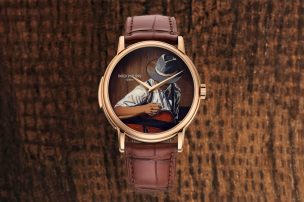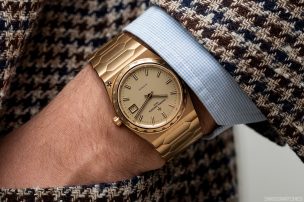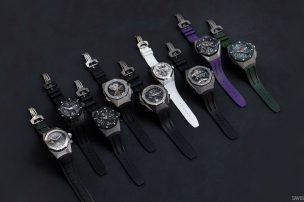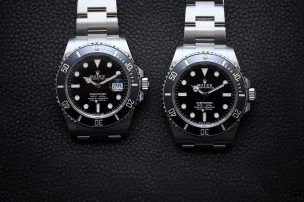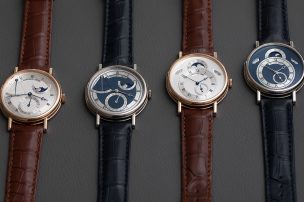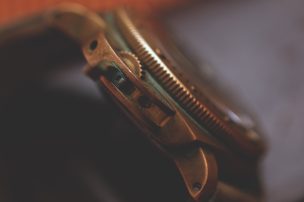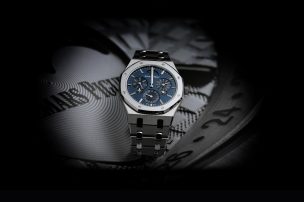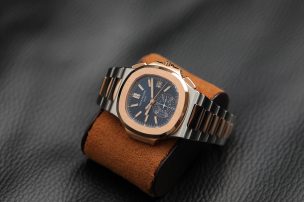
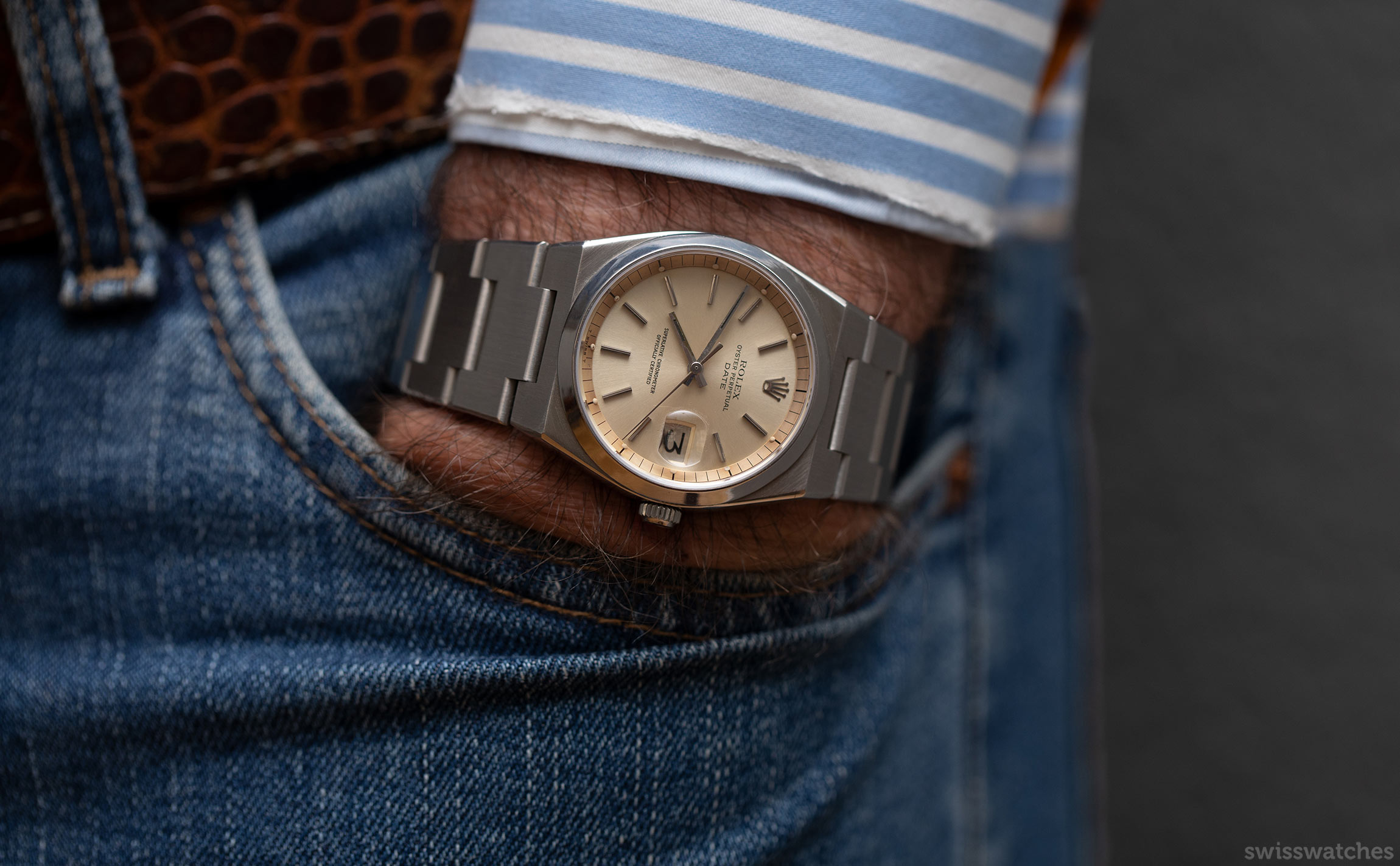
The Curious Tale Of The ROLEX 1530: An Automatic Movement In A Quartz Watch
This article is going to take a little trip back into the past. We are going to head back about 40 years – more specifically, to the year 1972. An excellent designer by the name of Gerald Genta had just made a name for himself in the watch industry. Almost overnight, he had dreamt up the distinctly angular Royal Oak design for Audemars Piguet, and soon after, Genta developed Patek Philippe’s iconic Nautilus. Further designs for a number of reputable watch manufactures followed.
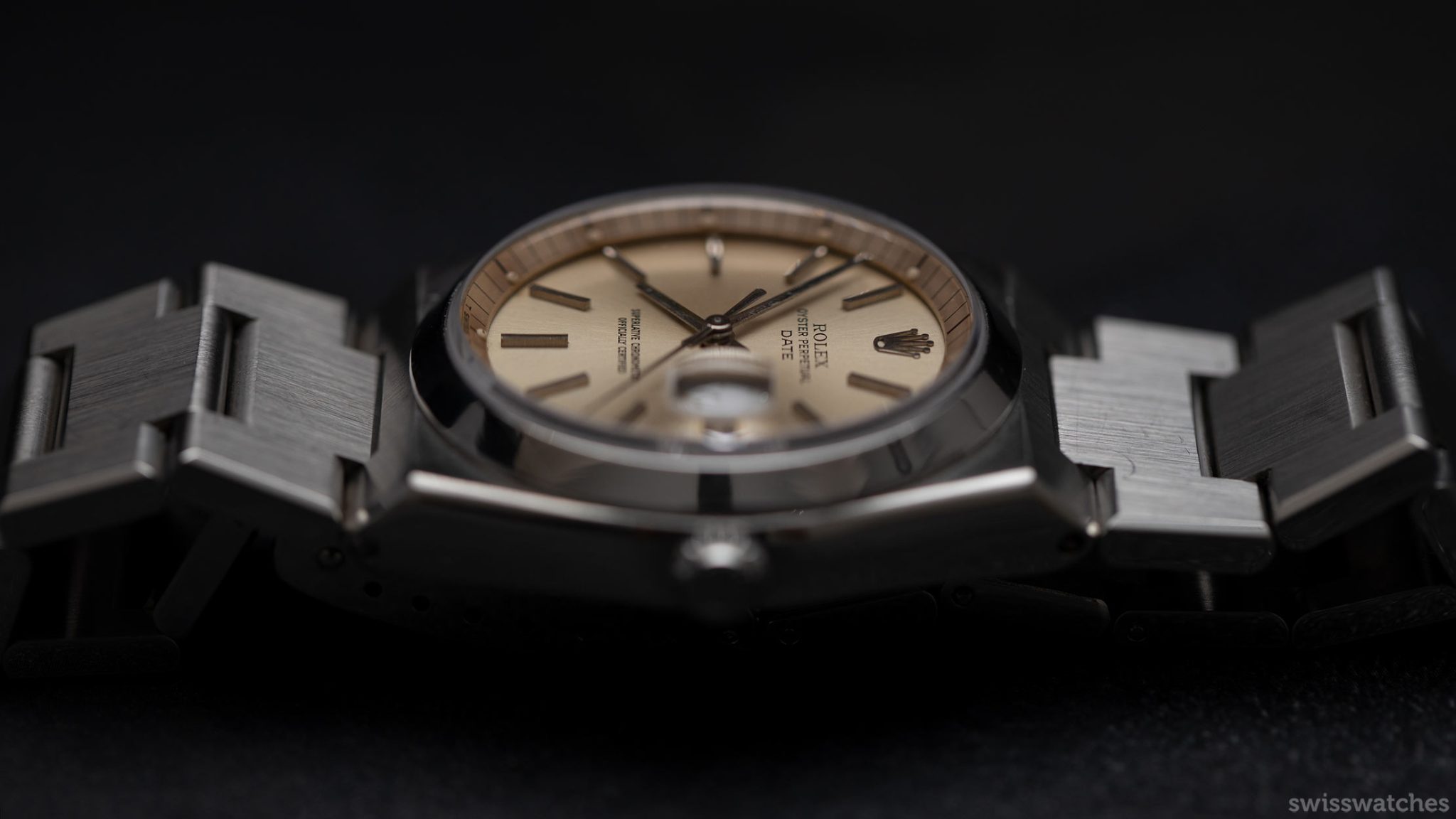
A Genta design for Rolex?
Anyone who now looks at the Oyster Perpetual Date 1530, produced by Rolex in the early 70s, would rub their eyes in astonishment and have to look again. A Gerald Genta design for Rolex? It is the angular case, as well as the integrated bracelet, that hint at this watch being a Genta design. Nevertheless, the watch otherwise displays no clear evidence of the watch as a Genta creation; Rolex stays quiet on this fact. That said, Genta was no stranger to the horology house, having designed the Kind Midas that later became part of Rolex’s “Cellini” line. So, everything thus far makes sense.
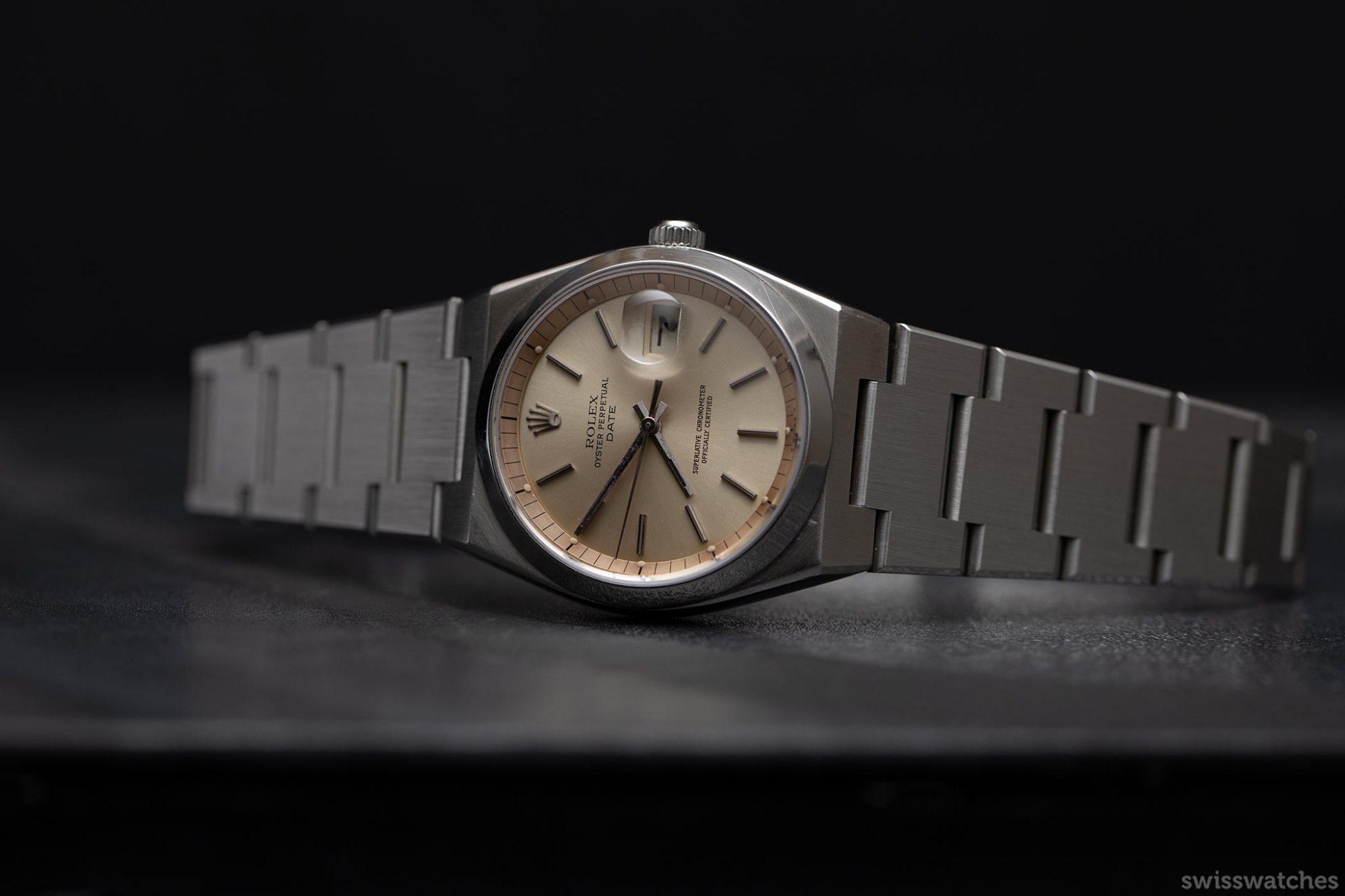

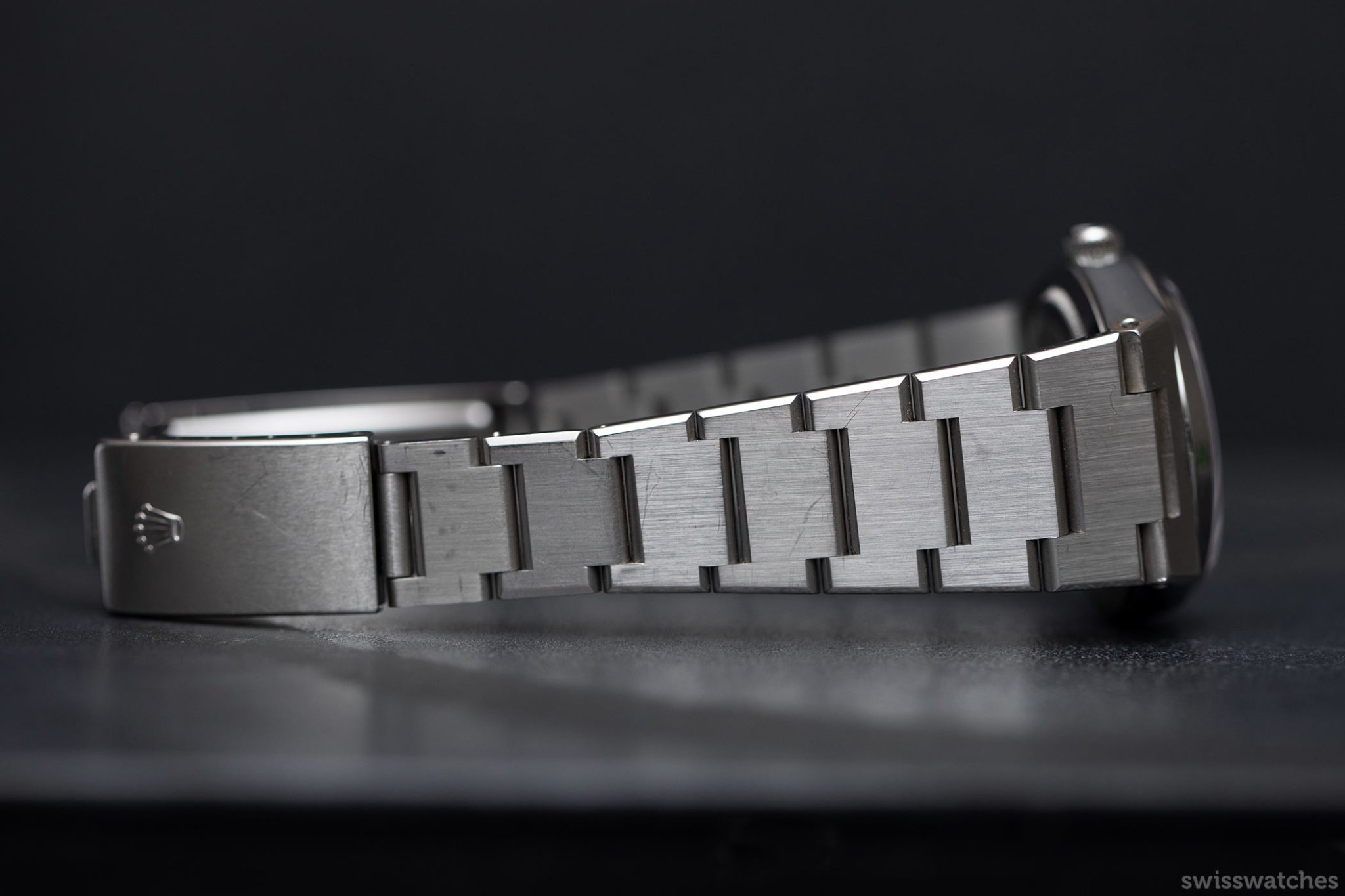
However, the Oyster Perpetual Date 1530’s story doesn’t end there. Rather, it holds the key to another, equally intriguing story that likely remains unknown to many Rolex aficionados and fans. As the Swiss watch industry quartz crisis rolled on, Rolex began to seriously consider joining the new quartz watch trend. The watchmaker began to play around with creating a quartz watch. By 1977, we saw its introduction in the form of the Oysterquartz.
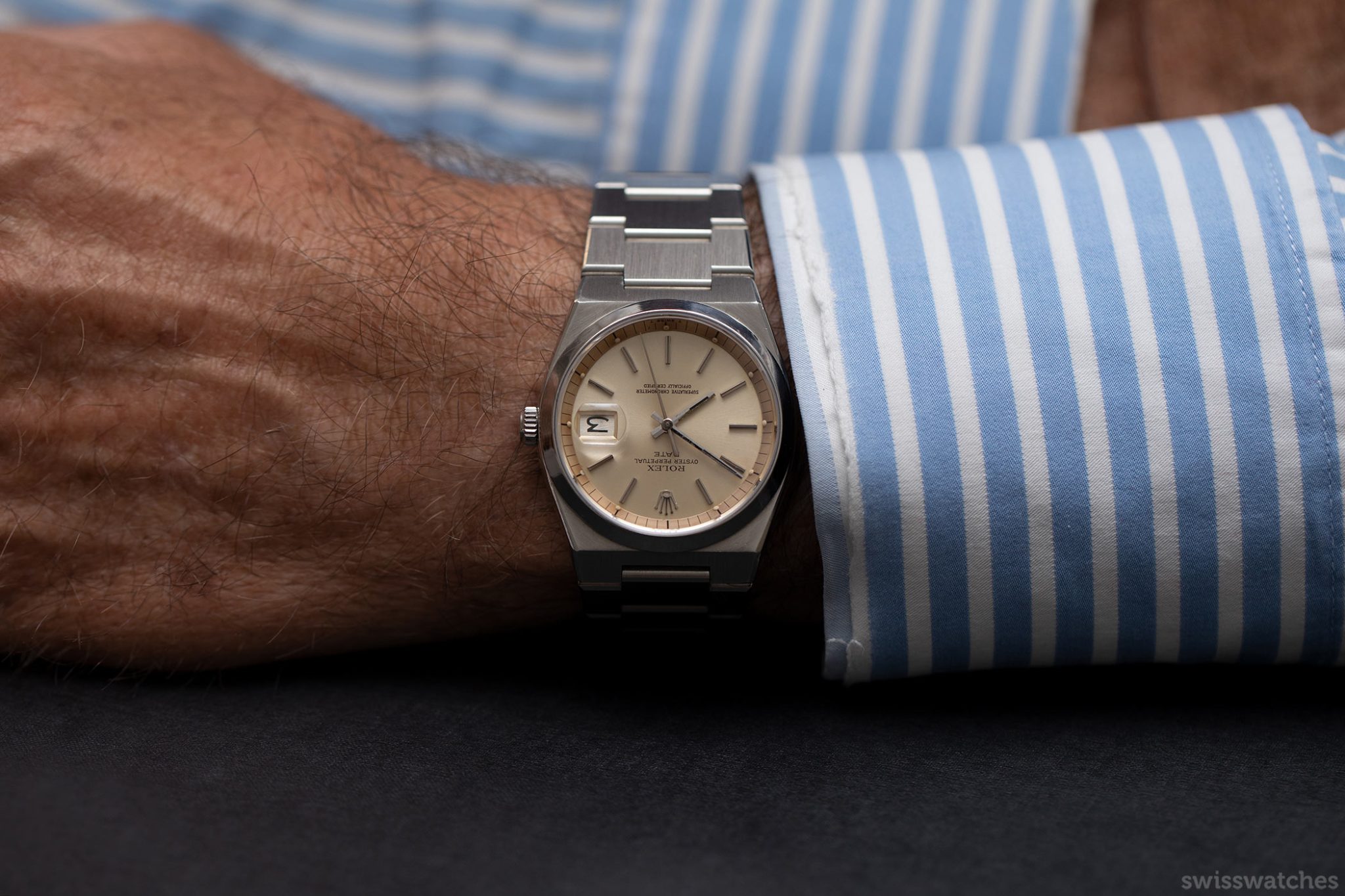
Because Rolex did not want to power its new model with any old quartz movement, it needed five years to create its commercial quartz Calibre 5035. The case and bracelet were already long completed. Therefore, the case was unceremoniously fitted with a mechanical automatic calibre in the meantime. This was the automatic Reference 1530. Introduced in 1975, it was produced in quantities of around (and at most) 1,500 units, up until the quartz movement was ready in 1977. Therefore, as the first Oysterquartz came onto the market in 1977, the 1530 was discontinued again. This, of course, makes it a rare and sought-after watch model to those who are in the know today.
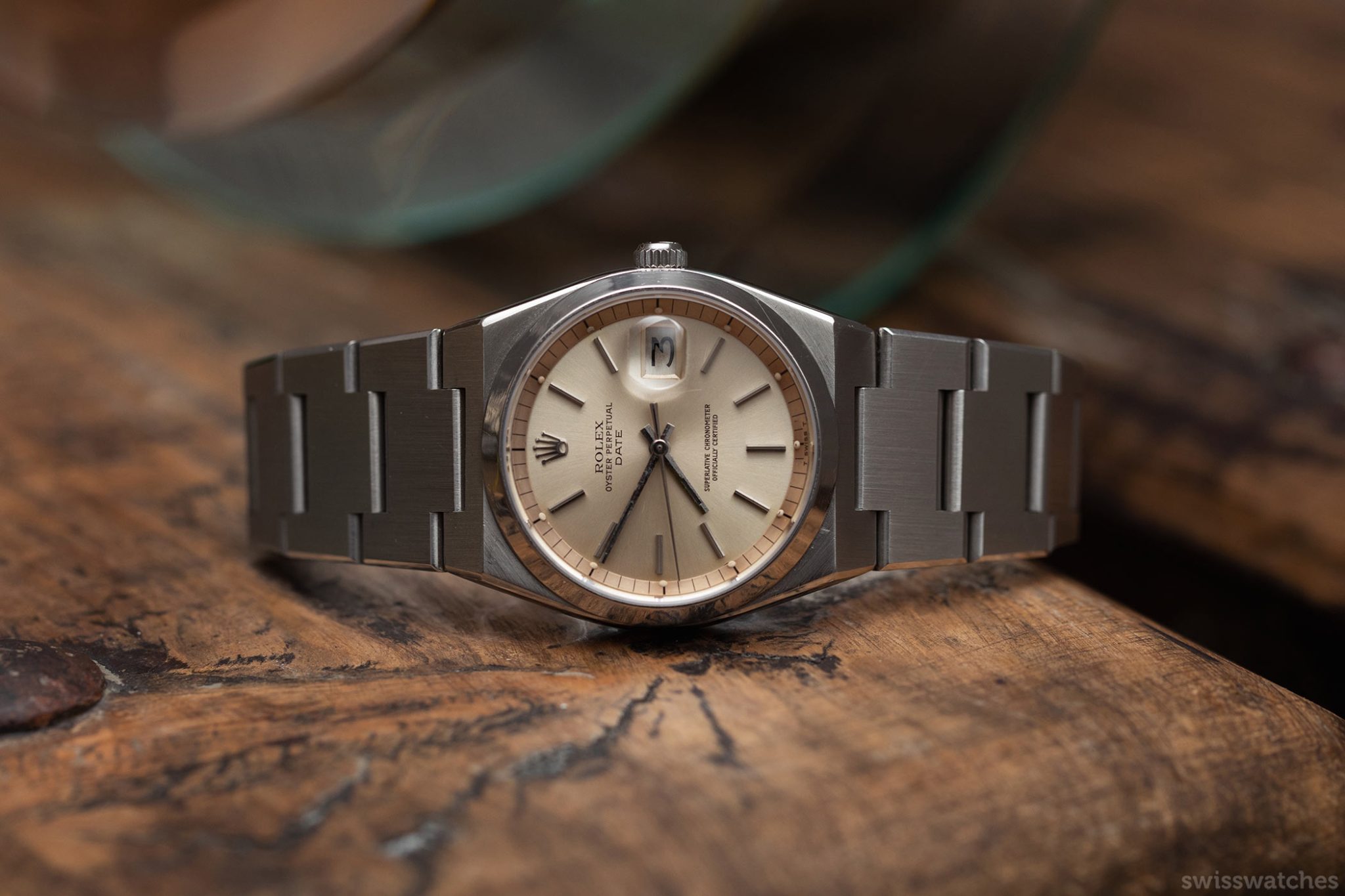
The special characteristics of the Oyster Perpetual Date 1530
Rolex fitted out the Oyster Perpetual Date 1530 with its automatic calibre 1570; a so-called ‘Superlative Chronometer’ with KIF-Ultraflex shock protection for the balance and hacking seconds. Compared with the 1530 of the later-produced Oysterquartz, for which the strap and case had been developed in the first place, you’ll notice that the dial of the 1530 was set off below a 45-degree minute track. Perhaps the watchmakers chose this as a solution for the fact that the mechanical calibre was somewhat flatter than the later-introduced quartz battery, having wanted to fill out the case. Both 1530 cases measured 12 mm in height, making them identical in this sense.

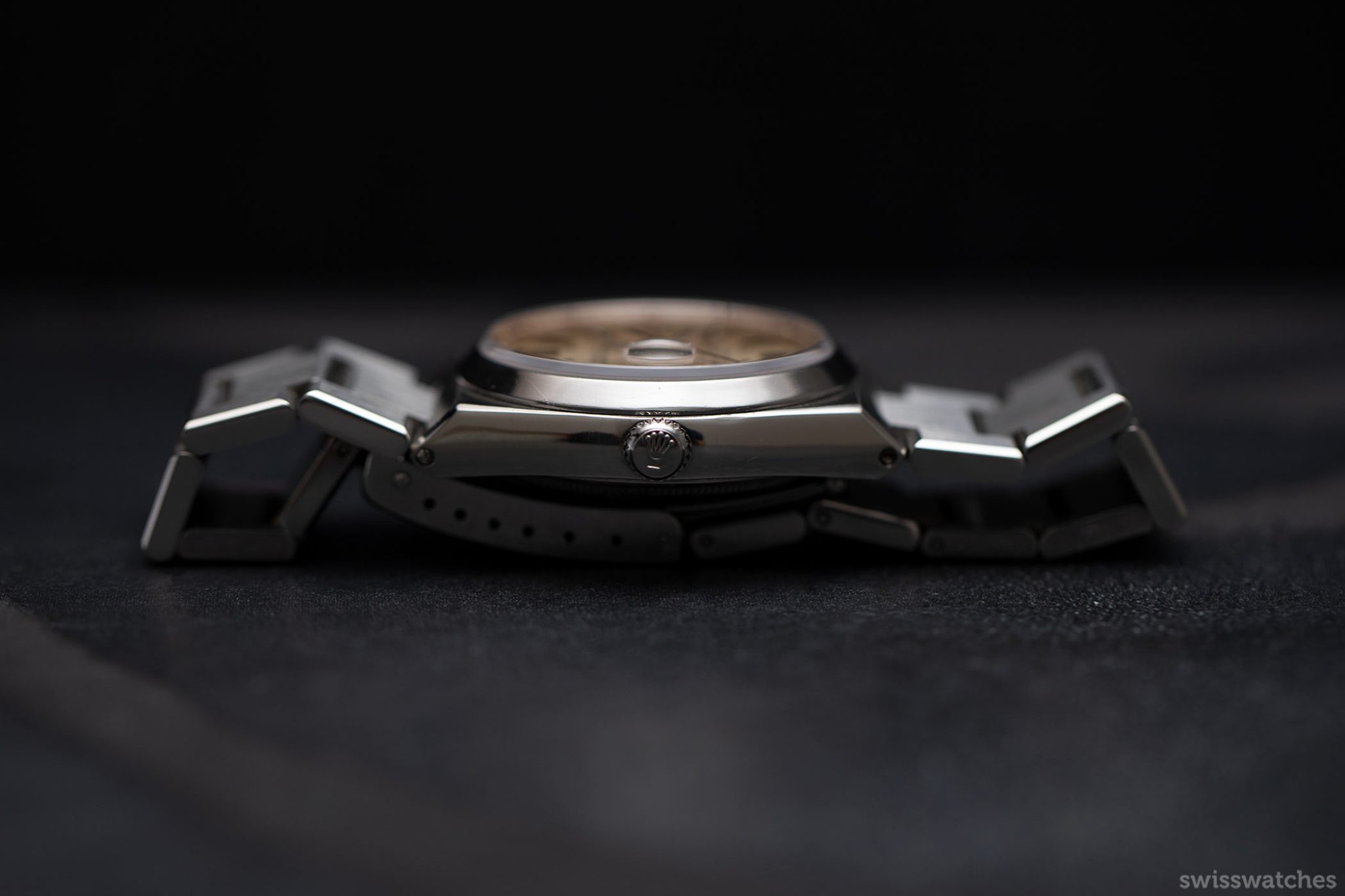

The automatic 1530 was exclusively available in steel (with a 36 mm diameter), whereas the later Oysterquartz was available in not only steel, but also various gold versions. However, there was one further reference featuring an automatic movement alongside the Oysterquartz case, in development at the same time as the 1530. This watch, the Reference 1630, appeared in bicolour alongside an integrated Jubilee bracelet.
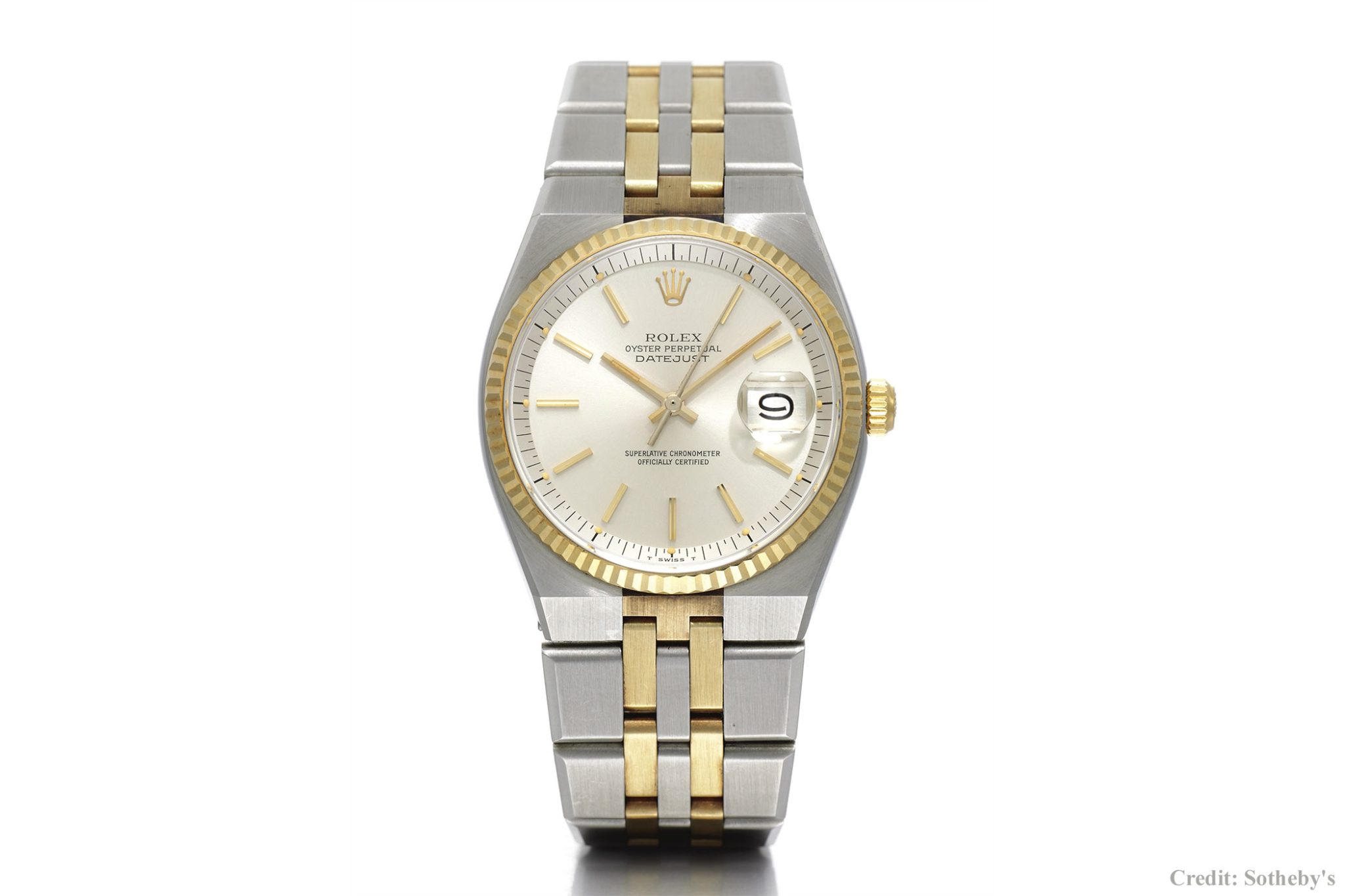
Credit: Sotheby’s.
The Oyster Perpetual Date 1530 was the first Rolex model to feature a sapphire crystal, replacing the previously employed Plexiglass. Considering that sapphire crystal was first commonly in use across the watch industry in the 80s, Rolex was evidently one of the first movers, as it were, in this field.
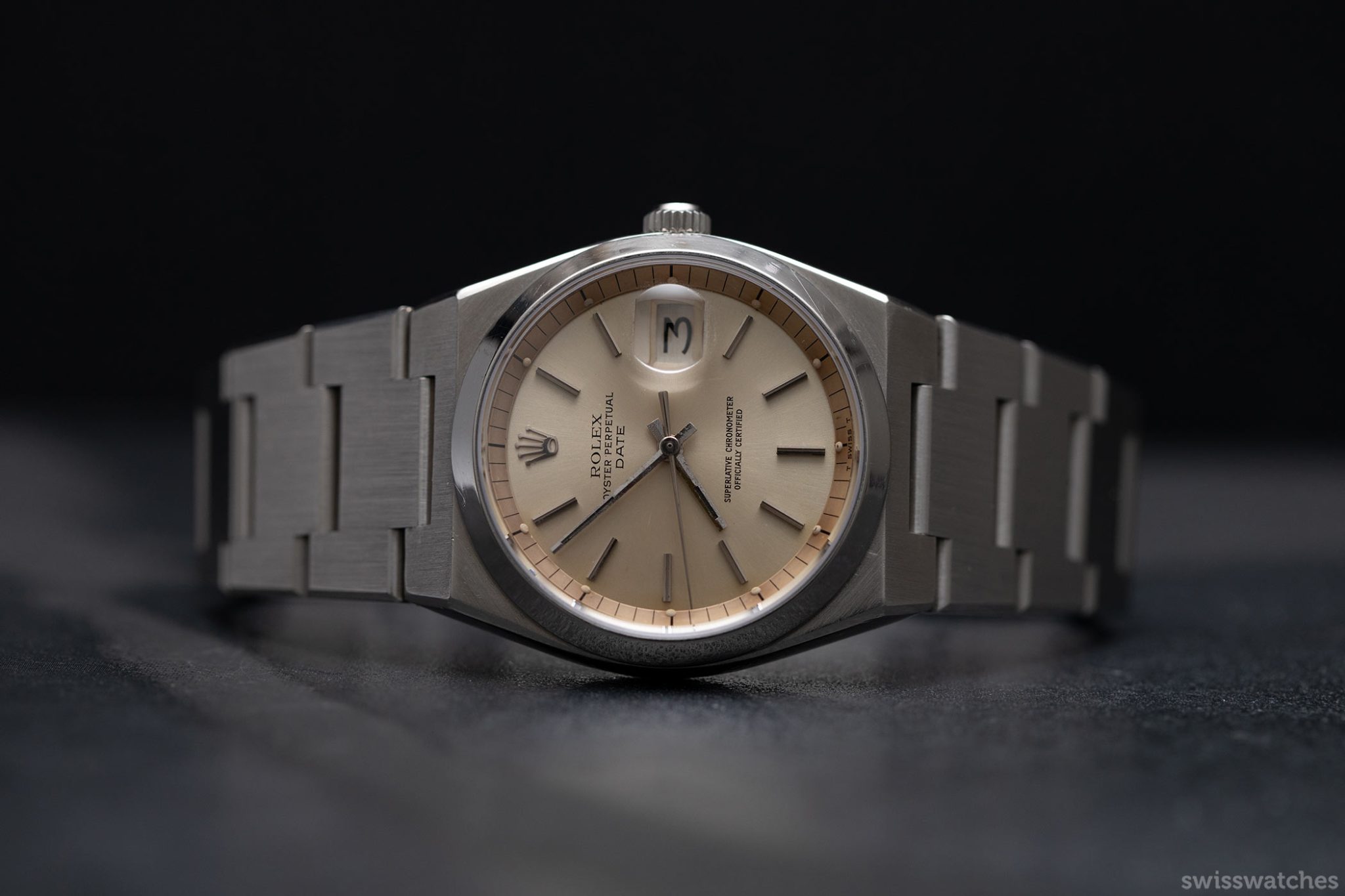
The dial of the 1530 is silver, although the patina has created more of yellow tone over the years. I find this kind of martial look, in combination with the coarse case and bracelet, pretty pleasing to look at. Additionally, the angular minute scale with the offset dial is somewhat more dynamic than the dials seen on the later Oysterquartz models.

Availability of the Oyster Perpetual Date 1530
Exactly how many 1530 watches are in existence is not clear. Now and then, a model surfaces on the pre-owned market. The prices still fluctuate a lot, but clearly exceed the original list price of around 2,000 Deutsche Mark back in the 1970s. We can also expect the price to keep rising over the next few years. Those who do own the watch should most definitely keep it firmly on their wrist and not be speculating what to do with it; because the story behind the 1530 is so unique and so precious that surely, money is no object when it comes to the emotional and historic value of this watch.
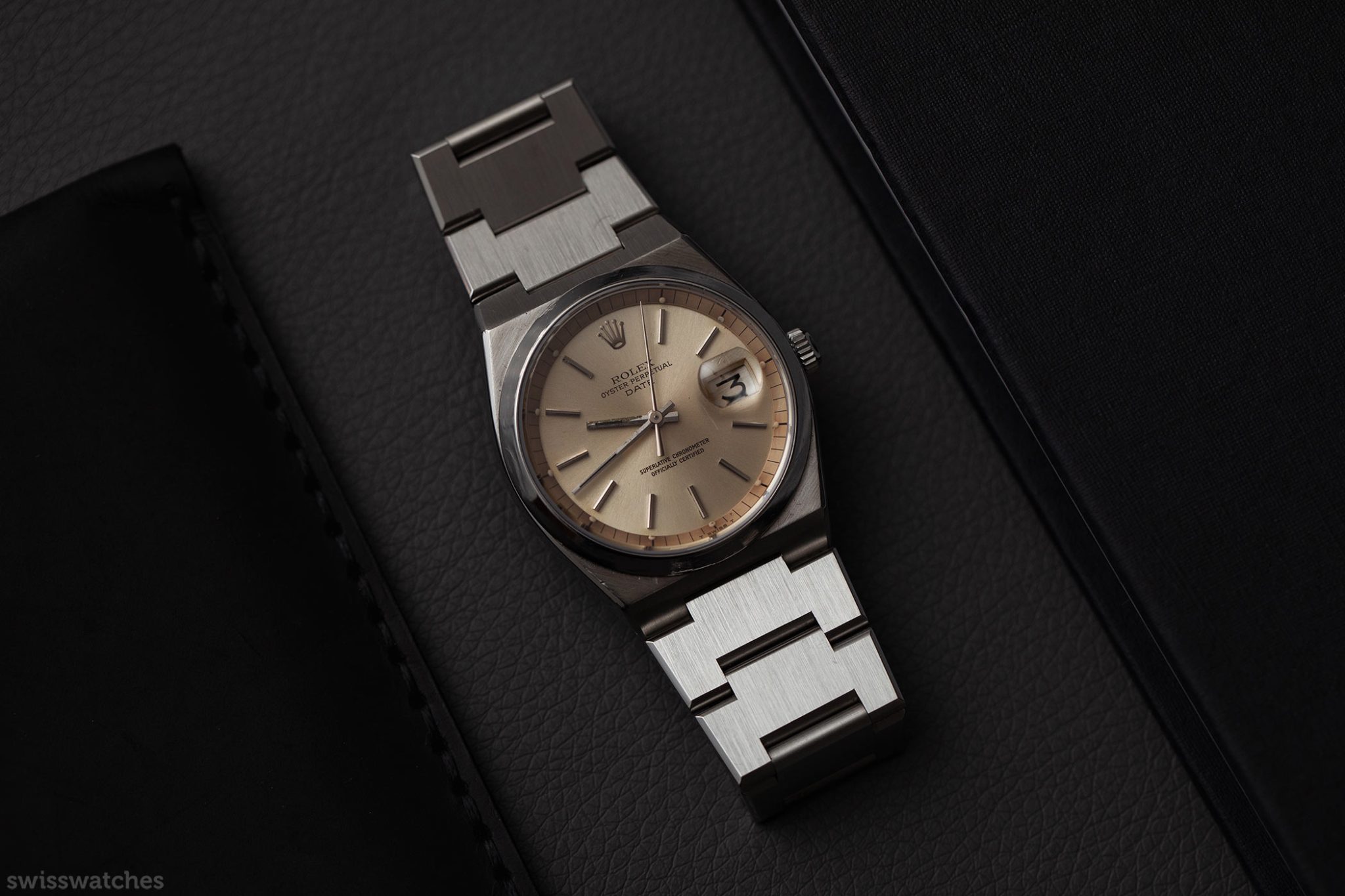
Many thanks to Hubertus Reygers of Reygers Vintage Timepieces, Munich, for their provision of the watch for photographic purposes.
